Water conservation part II: What’s next for sustainability?
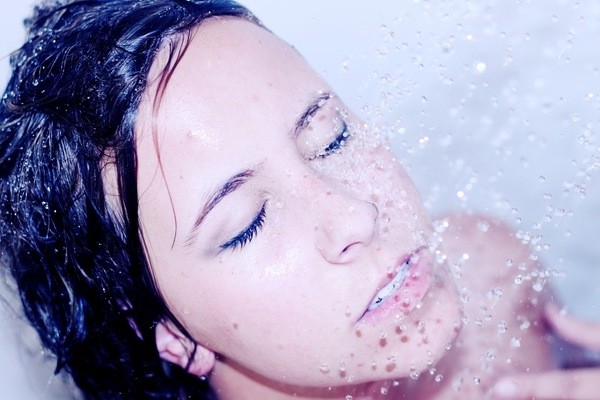
Increasingly, in today’s markets, water is considered a limited resource and luxury that both brands and consumers alike should use sparingly.
As a result, water sustainability will be included in brand's sustainability initiatives and companies will look for new sources of waters that not only reduce the amount of water used but that also have nutritional benefits.
The APAC beauty and personal industries have realised the potential for producing cosmetics products that contain sought-after properties from food and drink within cosmetics.
As such, water from popular superfoods such as watermelons and artichokes will feature in new beauty product developments, Mintel reported.
Building conservation awareness
Developers are now thinking up new ways to increase water conservation and present this information clearly and consistently to consumers.
To reassure customers of these positive efforts and build brand trust and loyalty, going forward, packaging will strive to inform consumers of where water in the product has come from.
The industry will begin to create powders and semi-solid products that include freeze-dried fruit powders with high levels of antioxidants, pastes with reduced levels of water and micellar products that conserve water in a variety of items throughout the beauty sectors.
With consumers now on the look-out for products that pair premium beauty with convenience, brands are set to release waterless and non-rinse products that enable retailers to install dry spas and salons to help revolutionise water usage in the beauty and personal care market.
Reduced rinsing
Marketing efforts will focus on showing consumers what they can expect from items with reduced water content via tester stations for sheet and peel-off masks for the face and body. Aerated water taps and shower heads will also give consumers the feel of rinsing without water.
Low-foam cleansers will reduce rinsing times and will work with light emitted by shower heads to spark the release of ingredients. Smartphone apps will allow consumers to choose their lighting preferences according to their specific requirements.
New inventions are now coming to the forefront of water conservation in APAC. Students from Zhe Jiang University in China have invented a cleanser that uses 90% less water via an air wash. It achieves this saving by compressing air with a minimal amount of water to conserve and cleanse.
“Waterless cleansers may become a necessity, while currently, a small but growing range of shower products are also making easy rinse claims," added Jamie Rosenberg, Senior Global Household Analyst at Mintel.

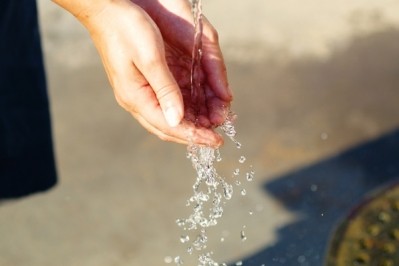
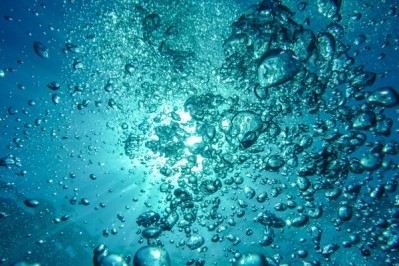
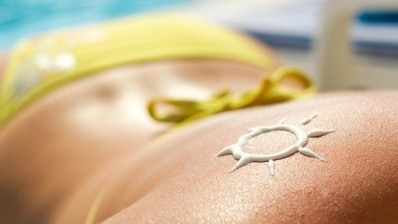


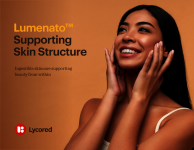
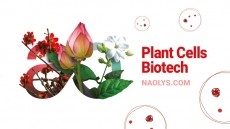


![Able C&C has furthered its partnership with Japanese discount chain Daiso with new makeup launch. [A'pieu]](/var/wrbm_gb_food_pharma/storage/images/_aliases/wrbm_tiny/publications/cosmetics/cosmeticsdesign-asia.com/headlines/brand-innovation/a-pieu-and-daiso-launch-exclusive-2-makeup-line/17339117-1-eng-GB/A-pieu-and-Daiso-launch-exclusive-2-makeup-line.jpg)
![Down Under Enterprises is setting sights on the Asian market as environmental sustainability and traceability become increasingly important. [Getty Images]](/var/wrbm_gb_food_pharma/storage/images/_aliases/wrbm_tiny/publications/cosmetics/cosmeticsdesign-asia.com/headlines/market-trends/down-under-enterprises-shifts-focus-to-china-as-environmental-sustainability-traceability-come-into-the-spotlight/17304932-1-eng-GB/Down-Under-Enterprises-shifts-focus-to-China-as-environmental-sustainability-traceability-come-into-the-spotlight.jpg)
![News updates from Shiseido, Dr.Ci:Labo, Sephora, and more. [Shiseido]](/var/wrbm_gb_food_pharma/storage/images/_aliases/wrbm_tiny/publications/cosmetics/cosmeticsdesign-asia.com/headlines/brand-innovation/updates-from-shiseido-dr.ci-labo-sephora-and-more/17334944-1-eng-GB/Updates-from-Shiseido-Dr.Ci-Labo-Sephora-and-more.jpg)

![Clariant has underscored the importance of localisation strategies and distribution capabilities in China with beauty trends evolving at a rapid pace. [Getty Images]](/var/wrbm_gb_food_pharma/storage/images/_aliases/wrbm_tiny/publications/cosmetics/cosmeticsdesign-asia.com/article/2024/04/16/clariant-emphasises-importance-of-localisation-in-the-era-of-viral-trends/17327969-1-eng-GB/Clariant-emphasises-importance-of-localisation-in-the-era-of-viral-trends.jpg)

![We dive into our most-read stories on formulation and science. [Getty Images]](/var/wrbm_gb_food_pharma/storage/images/_aliases/wrbm_tiny/publications/cosmetics/cosmeticsdesign-asia.com/headlines/formulation-science/skin-science-latest-stories-on-cosmetics-science-and-formulation/17334719-1-eng-GB/Skin-science-Latest-stories-on-cosmetics-science-and-formulation.jpg)


